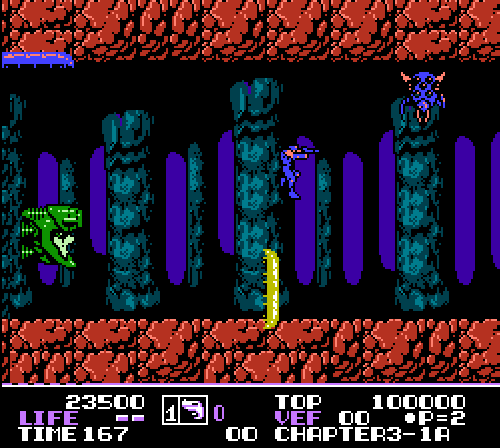
Or perhaps that’s just me. I forgive a lot when a game lets me leap ridiculously high. And when it has bugs that look just a little like the Ohmu from Nausicaa of the Valley of the Wind.
Low G Man is not a game of intricate personality. As with most NES games from KID, it gets the job done with only periodic inspiration. The enemies are mostly standard mecha with a dash of aliens, and the introduction scarcely bothers to introduce either Low G Man himself or the invaders known simply as “they.” There is, however, one stroke of trickery that I admire.
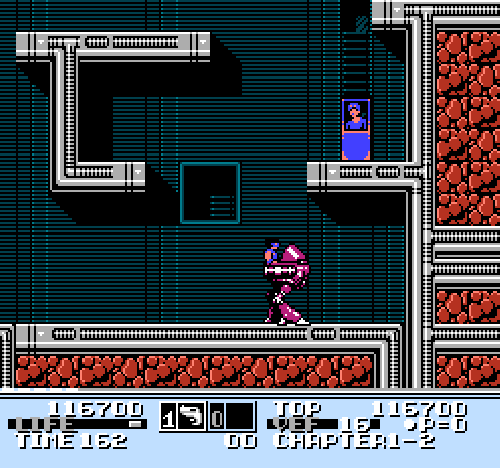
Starting in the second stage, Low G Man may encounter imprisoned humans. They’re presumably factory workers taken hostage by the alien interlopers, though their relative lack of detail makes them strangely abstract, as though you’re glimpsing little pixel souls twitching back and forth in torment.
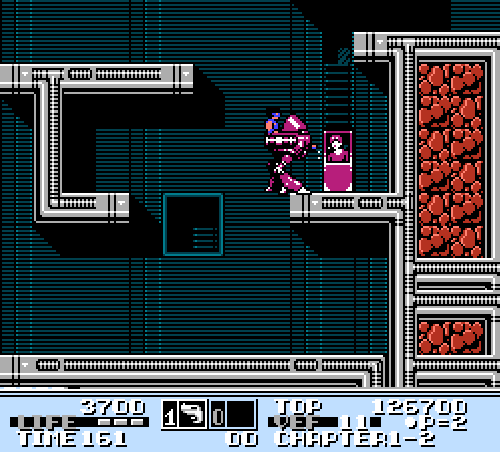
Freeing them is easy, you might think. By this point the player has hijacked an enemy walker, and primal NES instincts dictate that you should stand there and spray the capsule with gunfire. This only turns the captives red as they continue to writhe in anguish.
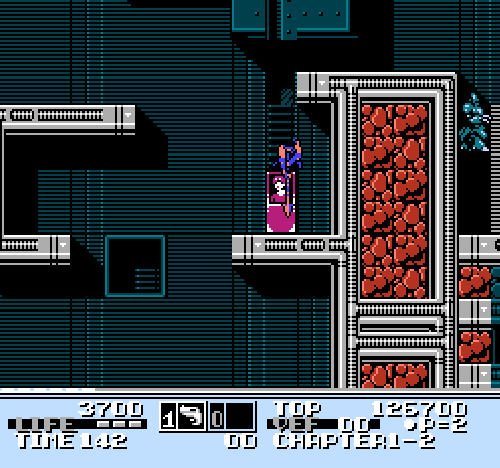
You could dismount the walker and stab the tiny prison with Low G Man’s spear, which is his standard method for destroying foes. This doesn’t work either, and now you’re jabbing the still-suffering prisoner like some hellish ghoul.
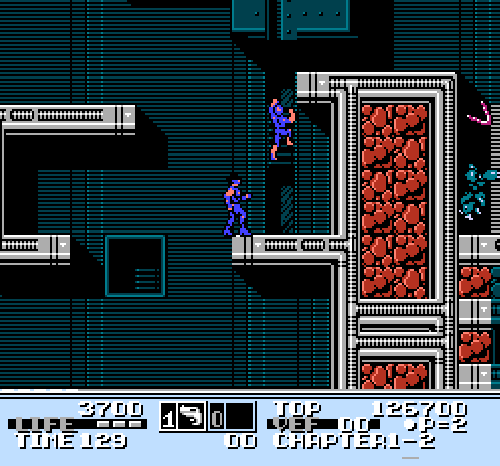
The solution is to simply shoot the cell with your stun-gun and then watch the freed laborers scurry away, perhaps in fear of you. This undercuts the player’s expectations, as the game’s earliest level establishes that the stun-gun has no destructive effects; it merely freezes enemies. Its use in liberating colonists here might be pure happenstance, but I suspect the designers knew that the typical player would arrive at the solution only after trying more violent methods.
Beyond that small touch, I enjoy Low G Man for capturing the peak NES years as they truly were. Both 1989 and 1990 saw the Nintendo Entertainment System reaping the harvests of an industry devoid of real competition. It was a golden age for Nintendo, when kids gorged themselves on everything the company had to offer, each month brought at least one amazing new game worthy of their obsession, and news reports about parents and teachers fretting over these addictive new video games only made Nintendo more popular.
Yet the typical NES game of this era wasn’t Super Mario Bros. 3 or Crystalis or Teenage Mutant Ninja Turtles II: The Arcade Game. It was closer to Low G Man, a modestly flawed diversion that engaged us only for the few days that we’d borrow it from a friend or rent it from Blockbuster when all the A-listers were absent. And if Low G Man and its gap-filling brethren weren’t great games, they had their intriguing moments here and there—sometimes by accident.

No comments:
Post a Comment